Is the Pilbara the oldest place on Earth?
Dating to around 3.6 billion quite a while back, the Pilbara district of Western Australia is home to the fossilized proof of the Earth's most seasoned lifeforms.
I
Lately, science has affirmed what Aboriginal Australians, the world's most established persistent residing society, consistently knew: the Pilbara district of Western Australia is among the most seasoned puts on Earth.
The Pilbara started to frame more than 3.6 billion quite a while back and its tremendous scene of profound pindan reds and vast displays, which extends from the west coast toward the Northern Territory line, is an antiquated, precluding place. For those heading out to the district interestingly, the underlying feeling of room and isolation can dismay: it's generally twofold the size of Great Britain, yet with a populace of only 61,000, it is one of the most meagerly populated locales on Earth.
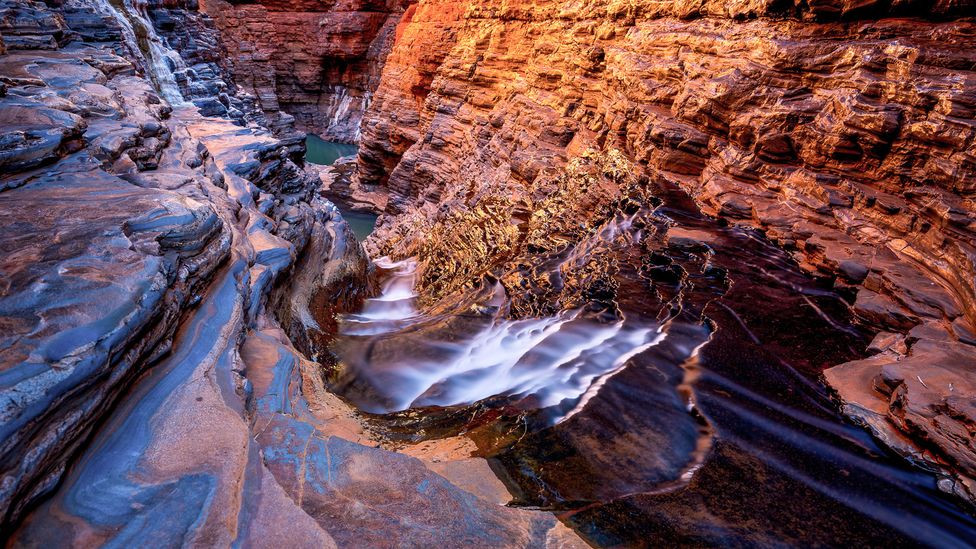
The world's most antiquated covering
Researchers have confirmed that the Pilbara's tremendous developments of iron-rich stone, framed before the presence of oxygen and life itself, is the best-saved illustration of the world's most antiquated hull. While other worldwide iron stores are remembered to have shaped at a comparable time, the outer layer of the Pilbara stays unburied and undisturbed by geographically destructive occasions.
"The remarkable thing about the Pilbara scene isn't simply its age, yet its fantastic condition of protection," said Martin Van Kranendonk, teacher of geography at The University of New South Wales, who has gone through years planning and concentrating on the Pilbara.

The Earth's most seasoned lifeforms
As indicated by Van Kranendonk, Pilbara rock is antiquated to such an extent that it holds no fossils inside its design, yet stromatolites, the fossilized proof of the Earth's most established lifeforms, are found upon it.
In 1980, 3.45-billion-year-old fossil stromatolites were found close to Marble Bar (presented above) in the Pilbara. These microbial cyanobacteria networks originally existed when conditions on Earth couldn't uphold some other type of life, building bulbous reef-like designs as they delivered oxygen through photosynthesis.
Extraordinarily, only south of the Pilbara at Hamlin Pool close to Shark Bay, the world's most broad living stromatolites framework is as yet flourishing, in any event, bubbling, as it produces oxygen in the hypersaline inlet. This is one of only two puts on Earth where residing marine stromatolites exist.
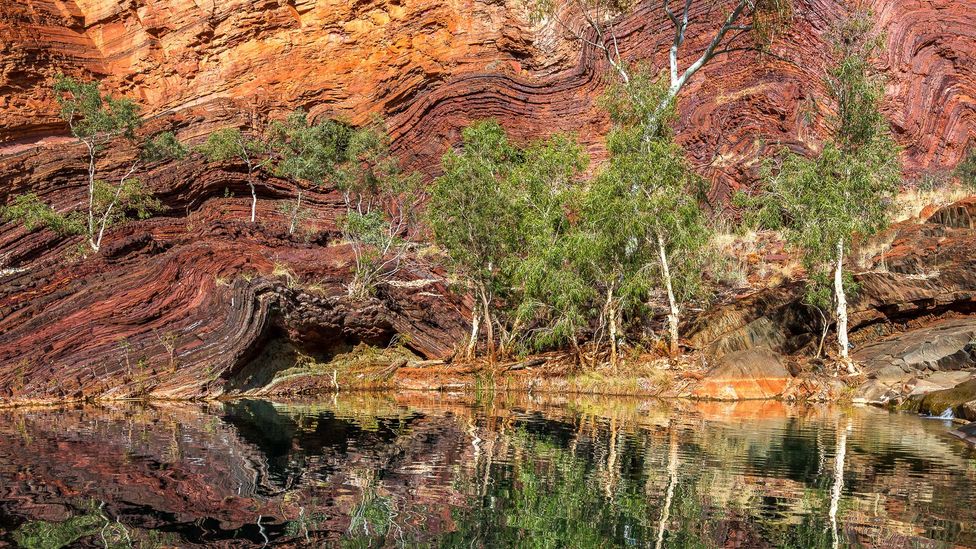
Investigating the Red Planet
In 2019, Nasa researchers directed examinations in the Pilbara with Van Kranendonk to all the more likely set them up for their excursion to Mars. "A considerable lot of them had never actually seen proof of antiquated life and that is the very thing they were going to Mars to search for," said Van Kranendonk. "In this way, for their purposes, it was actually an enlightening encounter, to see and comprehend the subtleties and surface of the fossilized stromatolites to get a superior comprehension of what marks to search for as they scan the outer layer of Mars for proof of life."
Something other than its age, the compound similitudes of the stone piece mean the Pilbara is profoundly pertinent to the researchers' groundwork for the Mars mission. "The organization of those stones and how much iron in the Pilbara is astonishing and like Mars," said Van Kranendonk, "which is the reason it is known as the Red Planet."

An underground amazement
The Pilbara can be unforgiving, outrageous and once in a while perilous for the poorly ready. It is additionally hauntingly lovely and catches the creative mind of guests from around the world.
Albeit the region seems to be semi-dry desert, inside it is one of the world's most excellent public parks. Cut out of the land by billions of long stretches of slow disintegration, Karijini National Park's supernatural quality lies somewhere down in its antiquated canyons and sheer-sided gaps, where emotional cascades and perfectly clear waterholes are set among the striated rock.
For guests, this is a heaven of cool stone pools took care of by underground springs, rich vegetation and bountiful natural life. For researchers, the gorge at Karijini offer unmatched admittance to normally unearthed cross areas of layered rock that uncover much about the Earth at the time this antiquated land was shaped. "It is a particularly wonderful thing; those canyons permit you to peer down through the layers of time," said Van Kranendonk.
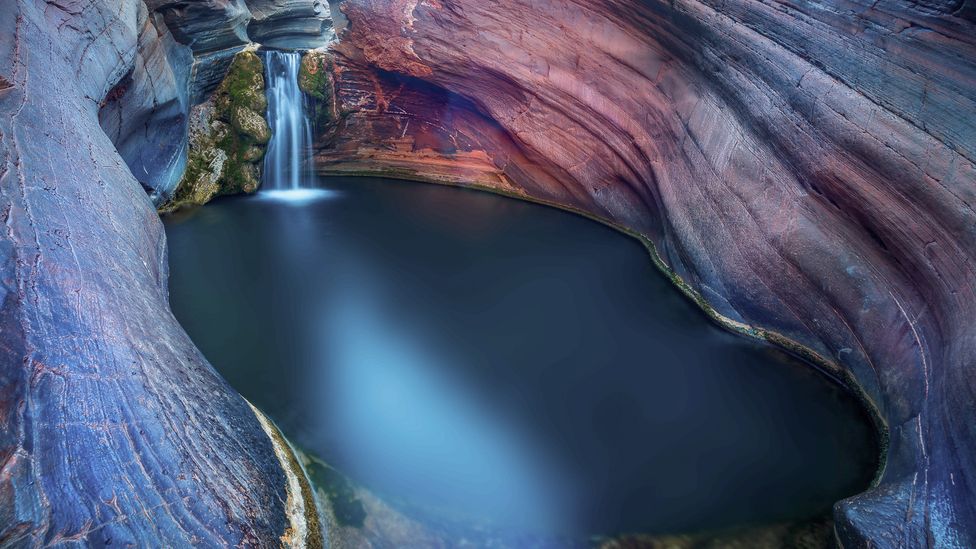
A characteristic spa pool
The extremely durable streaming cascades, waterholes and desert springs found here are made just more remarkable given the circumstances on the unforgiving Pilbara outside.
Like an old, secret reservoir, Spa Pool has been cut from the stone by the consistent progression of water at the head of Hamersley Gorge. The shower like development is totally encompassed in multi-toned, smooth stone divider. The delicate burbling of the stream continually renewing the pool is the main sound in one of Karjini's most private hideouts.

Australia's secret mystery
The main convenience in the public park is the native possessed Karijini Eco Retreat. Early mornings at the retreat are unique. The cool, predawn air is invigorating, and the low light sifted through suspended iron-rich residue immerses the scene in variety before the full sun of the late morning washes away this force until dusk.
Around evening time, when there is an intersection of clear skies and no moon, Karijini is a dull sky wonderland for stargazers and astro-picture takers the same. The dry air and absence of light contamination accommodate an astonishing presentation of detail in the Milky Way.
"Karijini is an extraordinary and famous Australian location," said co-proprietor Marnie Shields, making sense of that visitors are frequently overwhelmed by the magnificence, availability and variety of Karijini. "While the radiant district is being uncovered to the remainder of the world, it's as yet one of Australia's most breathtaking secret insider facts."

Huge Fig Tree, Dale Gorge, close to Fern Pool
A stunning universe of differentiations
As indicated by Karijini guide Pete West, the obvious change in microclimate, fauna and vegetation stuns most guests as they plunge from the parched surface into the rich, verdant chasms.
"It becomes evident rapidly that there's an unmistakable miniature climate in the canyons," he said. "The greenery is astoundingly not quite the same as the surface, as melaleucas, which are the greatest trees in the Pilbara. You simply don't get it on a superficial level, you just at any point see them in stream beds. Then there [are] the sensitive plants, greenery and the large leaf fig tree (presented previously). It's such a differentiation, all through the crevasse."
The presence of long-lasting water in the crevasses is the major structure square of the canyon microenvironment that supports fish, flying foxes and a scope of hunters exploiting the ideal circumstances. The wealth of reptiles is bewildering, from little desert mythical beasts to pythons up to 5m long.
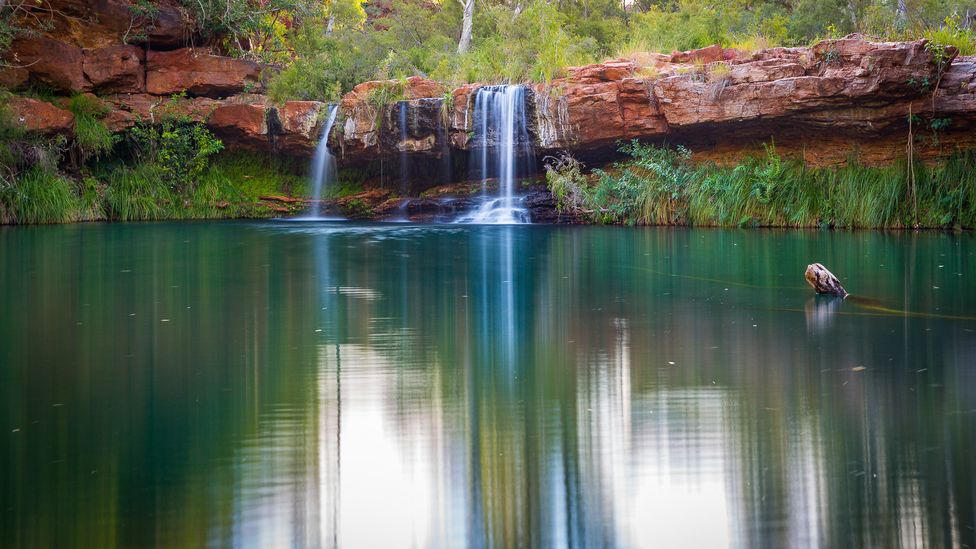
Significant ladies' place
Karijini is likewise a position of significant social importance to native individuals, with specific areas in the recreation area perceived as ladies' just places and others that are stringently for men. "There are places, for example, ladies would go to get pregnant and places they would visit if they had any desire to have twins," made sense of anthropologist Dr Amanda Harris, who has worked across the Pilbara with conventional proprietors.
Greenery Pool (presented above), situated in a terrarium-like climate at the beginning of Karijijni's Dale's Gorge, is a significant ladies' place to the nearby Banjima individuals, yet dissimilar to other native objections that forbid impedance, for example, Uluru's climbing boycott and a restriction on photography at regions inside the Kunku-Breakaways close to Coober Pedy, Karijini customary proprietors invite all visitors, asking just that guests be aware and walk softly.

A position of relief
Researchers accept that the Banjima public and their ancestors have been utilizing Karijini, and that signifies "uneven spot" in neighborhood Aboriginal dialects, as a gathering area for 30,000 to 40,000 years. Itinerant clans of the Pilbara kept up with life in a difficult climate with day to day asset gathering fundamental for endurance. Karijini offered a position of break and security of assets, sanctuary and super durable water.
"Karijini is alluded to by every one of the adjoining clans as a gathering place, as an old spot where business is led, families get together, relationships are organized, legend is passed. This actually continues today," said West.
Mount Bruce (presented above), Western Australia's second-tallest pinnacle, remains at the passage to Karijini and holds both geographical and native importance. Known as Punurrunha to native individuals, the mountain is a hallowed site and profoundly huge in Aboriginal Law. To Banjima, this is completely a male-just site, for certain female seniors declining to try and see the top as they cruise by. Guests, in any case, are not confined from shooting or in any event, climbing to the culmination.
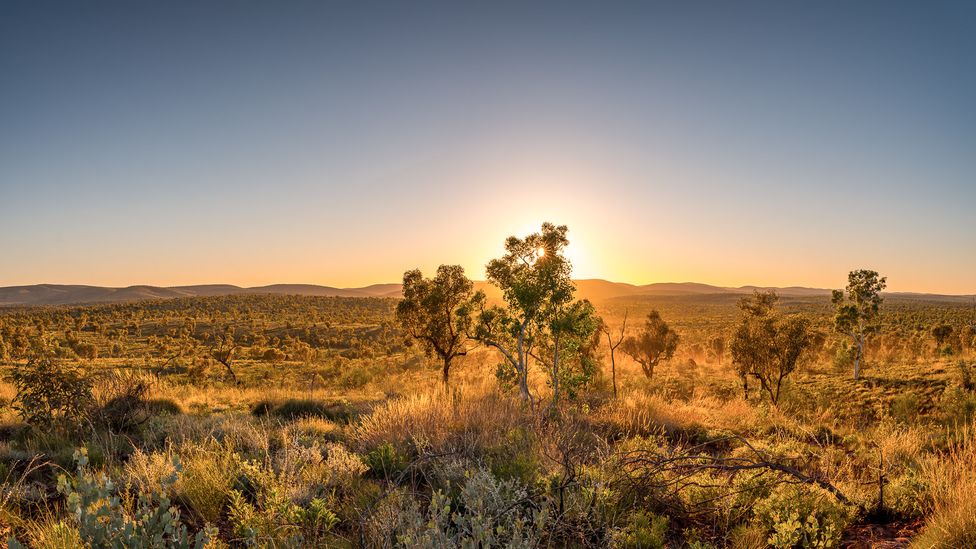
Familial information
The Pilbara is as yet uncovering new insider facts about early circumstances on Earth and the existence of the locale's most memorable occupants. While new revelations about how long the Pilbara has been persistently occupied shock researchers, to native individuals, it is something they have known all the time.
"Since we know life, as a group we've generally known [human] life begun here," said Yindjibarndi and Ngarluma senior and native Pilbara local area expert Clinton Walker. "The world started here, everything started here. Along these lines, according to our point of view, we've never accepted we came from elsewhere besides here and that we were made in this scene by creatures substantially more progressed than us, who likewise showed us all ou
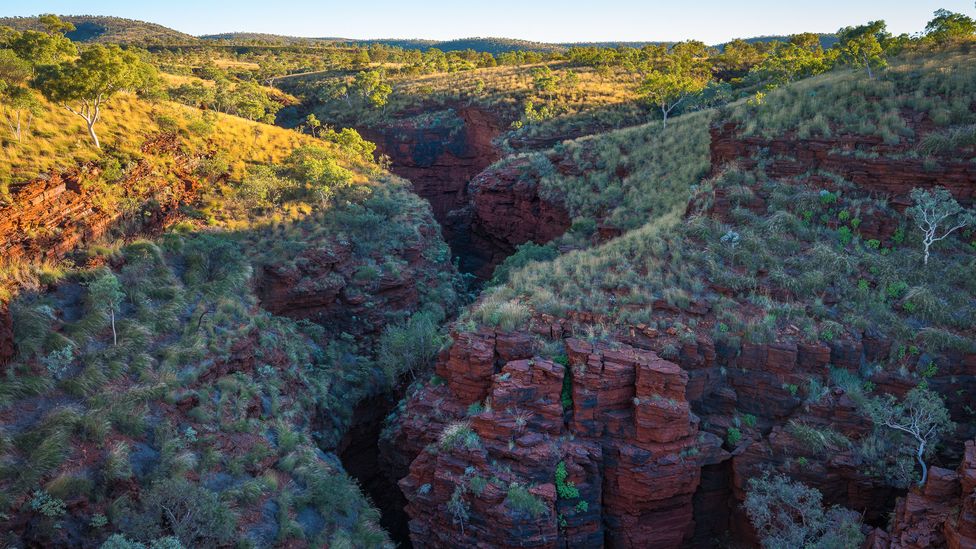
An enchanted spot
The enchantment of the Pilbara lies in its antiquated roots. There are no groups, wall, structures or different inconveniences of innovation. Simply a spot ancient and caretakers invite you to make your own excursion of revelation.
"This spot is for searchers, you know. For picture takers, for craftsmen, for painters, geologists, admirers of nature," said West. "I see this in individuals that come to Karijini specifically. As you stroll through those crevasses, ensured you'll be running your hands along the most established rocks you'll at any point contact. Whenever you contemplate this, our concerns, our interests, our aspirations are generally practically insignificant. It provides you with a genuine feeling of point of view. I feel that is really cool."

appiahcletus16
Ok